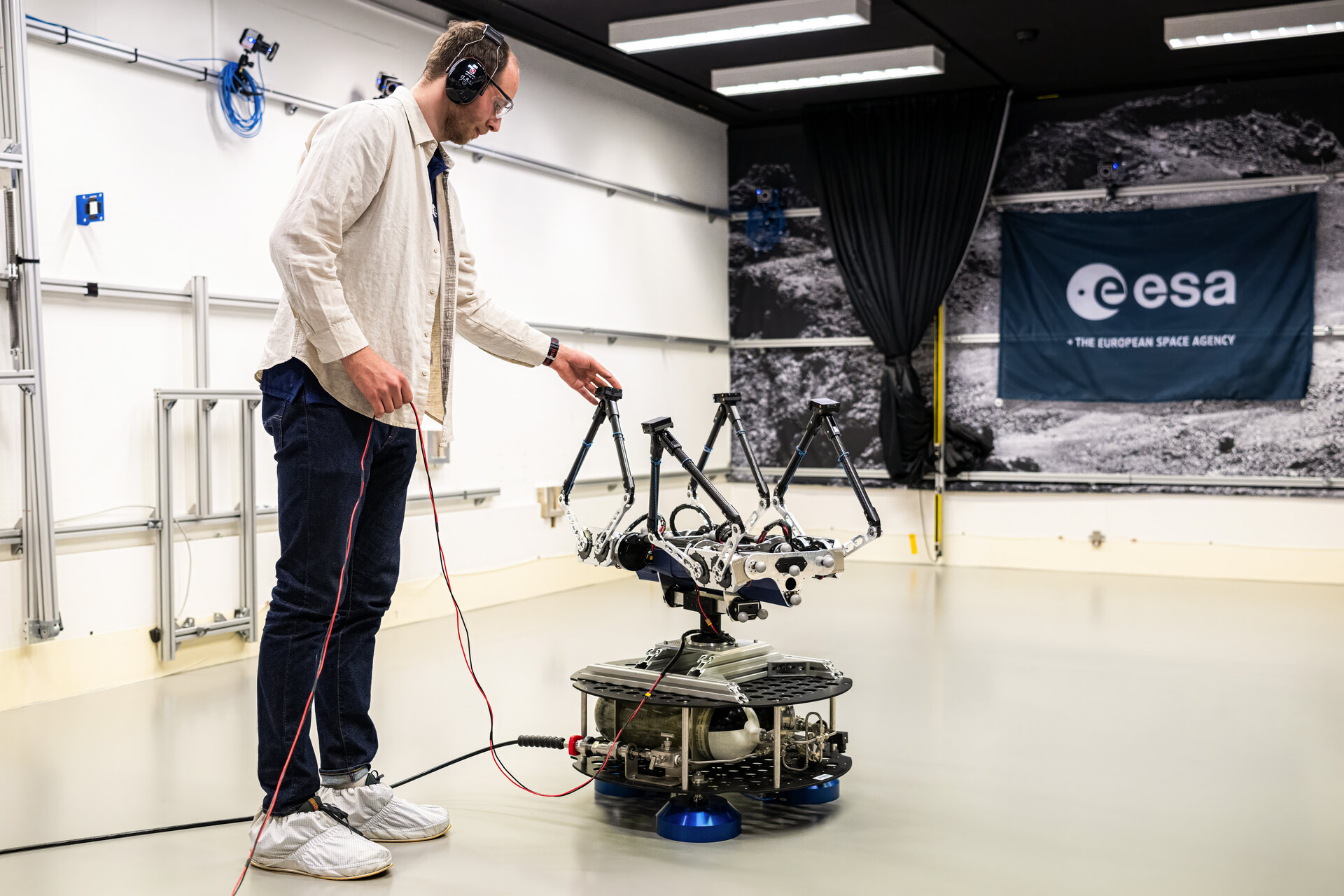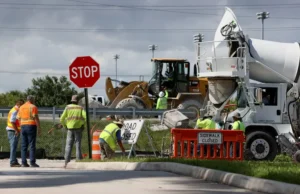Key Takeaways
- Olympus, a four-legged robot, is designed for exploration of low-gravity planetary bodies like Mars.
- The robot can jump over obstacles, an advantage in reduced gravity environments compared to traditional rovers.
- Testing at the European Space Agency’s Orbital Robotic Laboratory allows Olympus to experience microgravity conditions for better movement understanding.
Exploring New Frontiers with Olympus
Olympus is an innovative four-legged robot developed by Jørgen Anker Olsen from the Norwegian University of Science and Technology. Its unique design enables it to navigate and explore low-gravity environments such as the Moon and Mars, making it particularly well-suited for missions that require mobility in challenging terrains.
The robot features four ‘double’ legs, which consist of two limbs with bending joints that connect at a paw-like patch. This design allows Olympus to jump over obstacles that would typically hinder wheeled or tracked robots. Jørgen emphasizes that this jumping capability becomes increasingly advantageous in lower gravity, enabling the robot to leap significantly higher than it could on Earth.
Olympus recently underwent testing at the European Space Agency’s (ESA) Orbital Robotic Laboratory, specifically at the ORBIT facility. Here, it was mounted upside down to a floating platform, simulating microgravity conditions that mimic the weaker gravity of Mars, which is approximately 2.5 times less than Earth’s. The ORBIT facility features a meticulously flat floor made smooth enough for the platforms to move with minimal friction, akin to an air hockey table.
This setting provided a unique opportunity to evaluate Olympus’s potential. The robot utilizes a reinforcement learning algorithm that allows it to autonomously control its movements. During the tests, Olympus demonstrated its ability to right itself and jump from wall to wall while consistently landing on all four legs. This capability mimics the movements of astronauts on the lunar surface and underscores the robot’s potential for diverse exploration tasks.
Jules Noirant from ESA’s Orbital Robotics Laboratory remarked on the significance of such tests, highlighting how they validate the research of visiting PhD candidates like Jørgen. The versatility of the ORBIT facility supports various robotic exploration activities, ranging from locomotion control to demonstrating jumping and stabilization techniques in microgravity.
The ongoing research and testing of Olympus represent a promising step toward enhancing robotic exploration on planetary bodies with low gravity. The insights gained from these experiments could pave the way for future missions, ensuring safer and more effective exploration of extraterrestrial environments.
The content above is a summary. For more details, see the source article.















